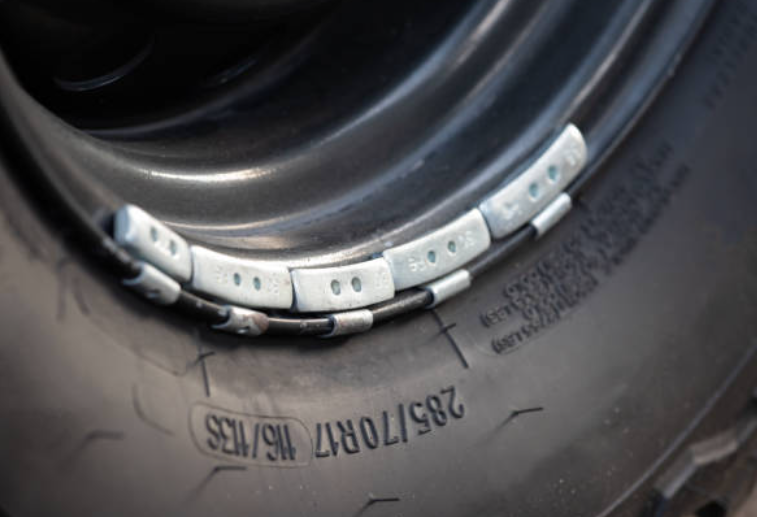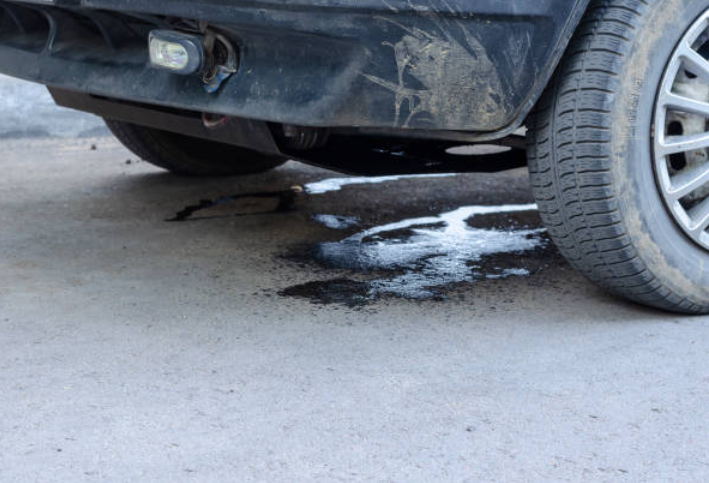Demystifying Tire Size: Understanding Its Meaning and Importance
Tire size may seem like a cryptic combination of letters, numbers, and symbols, but it holds valuable information about your vehicle's wheels. It's not just a random jumble of characters; each element in the tire size has a specific meaning that can impact your driving experience, safety, and vehicle performance. In this blog post, we'll break down the tire size code, explain its significance, and highlight why understanding it is crucial for every car owner.

What is Tire Size?
The term "tire size" refers to the specified code that describes the tire's actual size. Important details regarding the tire's width, aspect ratio, manufacture, and rim diameter are conveyed by this mix of letters, numbers, and symbols. For tires to be installed on a vehicle correctly and to be compatible with the wheels and general performance characteristics of the vehicle, it is essential to understand the tire size.
Tire size is crucial for proper vehicle performance, handling, and safety. Using the correct tire size ensures accurate speedometer readings, proper clearance within the wheel well, and compliance with the vehicle manufacturer's specifications. When replacing or upgrading tires, it's essential to select the right tire size that matches the vehicle's requirements and driving needs.

Decoding the tire size involves understanding the specific information conveyed by each element in the tire size code. Let's break down the tire size "P225/60R16" as an example:
Tire Type Prefix: "P"
This tire is made for passenger automobiles as indicated by the "P" designation. The prefixes "LT" for light trucks, "T" for temporary (spare) tires, "ST" for specialized trailer tires, and "C" for commercial tires are other frequent prefixes.
Tire Width: "225" (in millimeters)
The tire width is represented by the three-digit number "225." It signifies that the tire's width is 225 millimeters from sidewall to sidewall.
Aspect Ratio: "60" (as a percentage)
The aspect ratio is given after the tire width and is stated as a percentage, such as 60 in the example above. It displays the sidewall height of the tire as a proportion of tire width. Sidewall height decreases with decreasing percentages and vice versa.
Tire Construction: "R"
The letter "R" denotes the tire's construction type, which is radial in this case. Radial tires are the most common type used in modern vehicles due to their performance and durability.
Rim Diameter: "16" (in inches)
The last number in the tire size code indicates the diameter of the wheel (rim) in inches that the tire is designed to fit. In the example P225/60R16, the tire is designed for a 16-inch diameter wheel.

Proper Fitment: Choosing the correct tire size ensures that the tires fit your vehicle's wheels precisely. Proper fitment prevents issues like rubbing against the wheel well or suspension components, promoting safe and smooth driving.
Handling and Performance: Different tire sizes can significantly affect your car's handling and performance. Wider tires may improve grip and cornering capabilities, while narrower tires can enhance fuel efficiency. Understanding tire size allows you to tailor your driving experience to your preferences and driving conditions.
Safety: Properly sized tires maintain the accuracy of your speedometer and odometer readings. Incorrectly sized tires can lead to inaccurate speed measurements, potentially compromising safety and leading to traffic violations.
Braking and Traction: Tire size influences your car's braking distance and traction on different road surfaces. Ensuring the right tire size for your vehicle helps optimize braking performance and traction, especially in adverse weather conditions.
Ride Comfort: The sidewall height (aspect ratio) affects your car's ride comfort. Tires with higher aspect ratios often provide a smoother ride by absorbing more road imperfections and shocks.
Fuel Efficiency: The right tire size can impact your car's fuel efficiency. Properly matched tires reduce rolling resistance, contributing to improved gas mileage and lower fuel consumption.
Legal Compliance: Some regions have regulations regarding tire size and fitment. Understanding tire size ensures that your vehicle complies with local laws, preventing potential fines or citations.
Tire Replacement: When it comes time to replace your tires, knowing the right tire size makes it easier to locate acceptable replacements quickly and effectively, without having to make any educated guesses.
Maintaining Warranty Coverage: The warranty on your car must be maintained by using the proper size tires. If the wrong tire sizes are installed, several manufacturers may void the warranty.
-
Can I use wider tires for better traction?
While wider tires may offer improved traction in some situations, it's essential to consider factors like fitment, vehicle compatibility, and potential negative impacts on fuel efficiency and handling. Always consult with a tire professional before making such changes.
-
How often should I check my tire size and condition?
Regularly inspect your tires and their condition, including tire size, during routine maintenance and before long trips. This helps ensure your tires are in good condition and correctly matched to your vehicle.
See more article here: Top 10 Women's Motorcycle Jackets For Style And Safety












